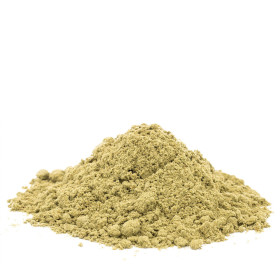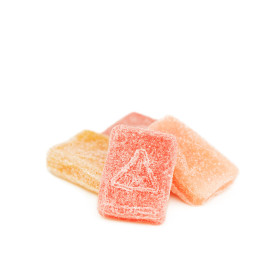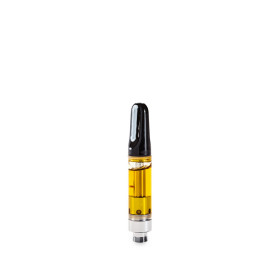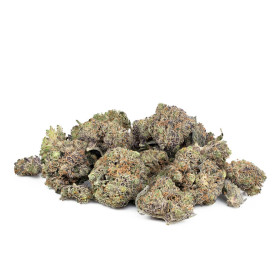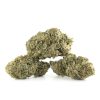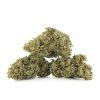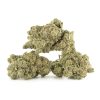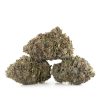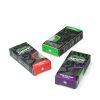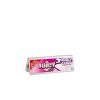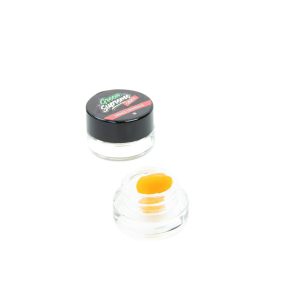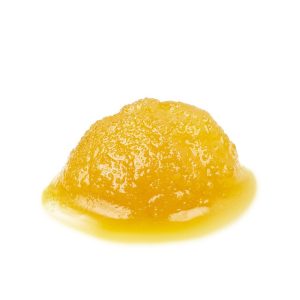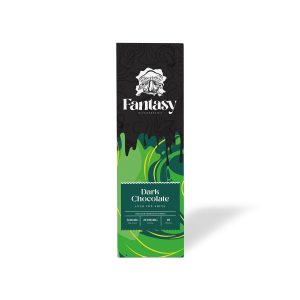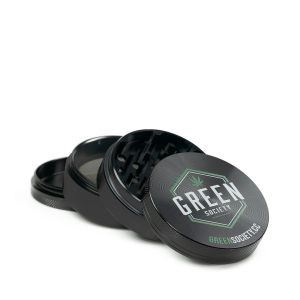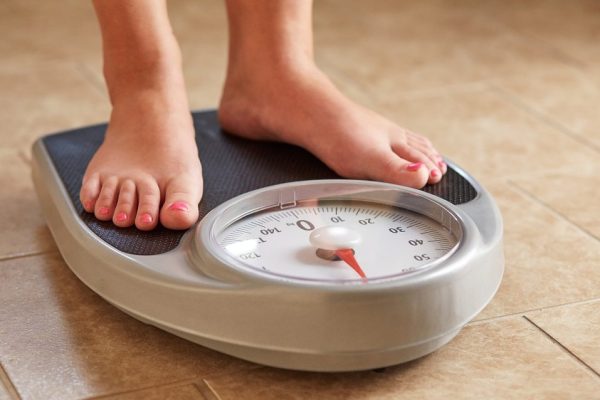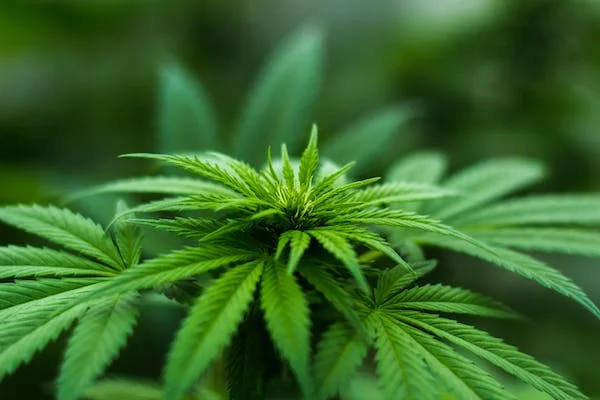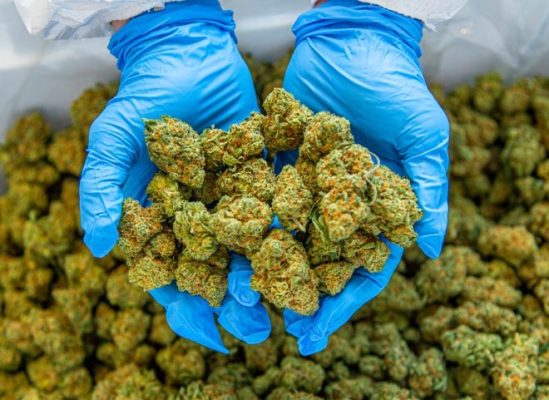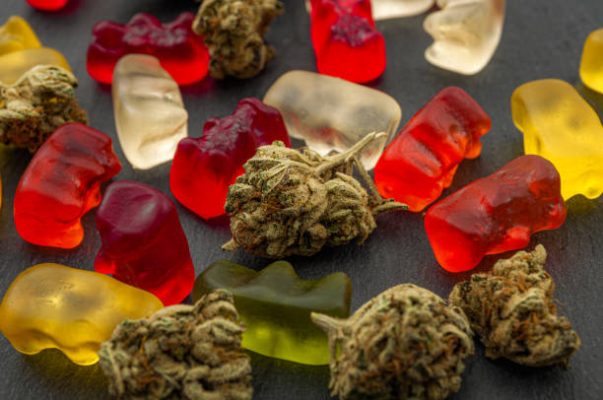Cannabis and Weight Loss Journey
You can restrict your diet and increase your exercise, but the outcomes still aren’t what [...]
Mar
Cannabis and Cancer
Recently, it has been widely discussed whether or not cannabis can be used to treat [...]
Mar
How is Different Hash Made?
Hashish, often called hash, is made from the concentrated resin of the cannabis plant. It [...]
Mar
THC Detox Facts and Fiction
There are hundreds of compounds in cannabis, the most well-known of which are cannabidiol (CBD) [...]
Mar
Top Cannabis Brands 2023
In many parts of the world, the cannabis industry is booming. The recent legalization of [...]
Buying Weed In 2023
Image: https://unsplash.com/photos/E2HgkL3LaFE The days of traveling to Amsterdam to buy weed and get your cannabis [...]
A Guide to Concentrate Types
The ever-expanding cannabis industry comes with many innovative and exciting concentrate types that raise the [...]
Legalized Cannabis in Canada
Society’s perception and attitude towards cannabis have changed over time. In recent years, Canada has [...]
Feb
Top 3 Hybrid Strains 2023
Cannabis comes in various forms and has several different subspecies. Cannabis farmers claim that hybrids [...]
Feb
4 Best THC Edible Products 2023
Marijuana edibles are the most effective method of obtaining the long-lasting effects of THC use. [...]
Feb

